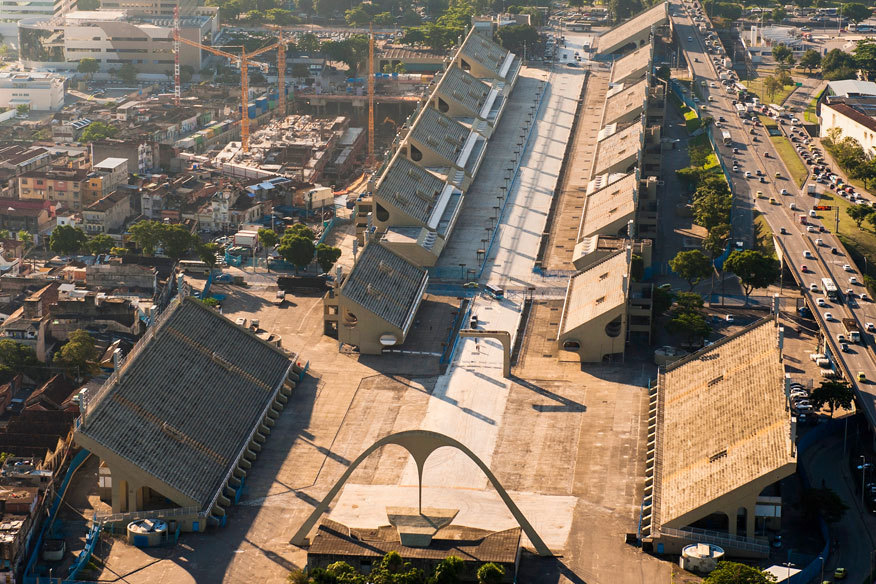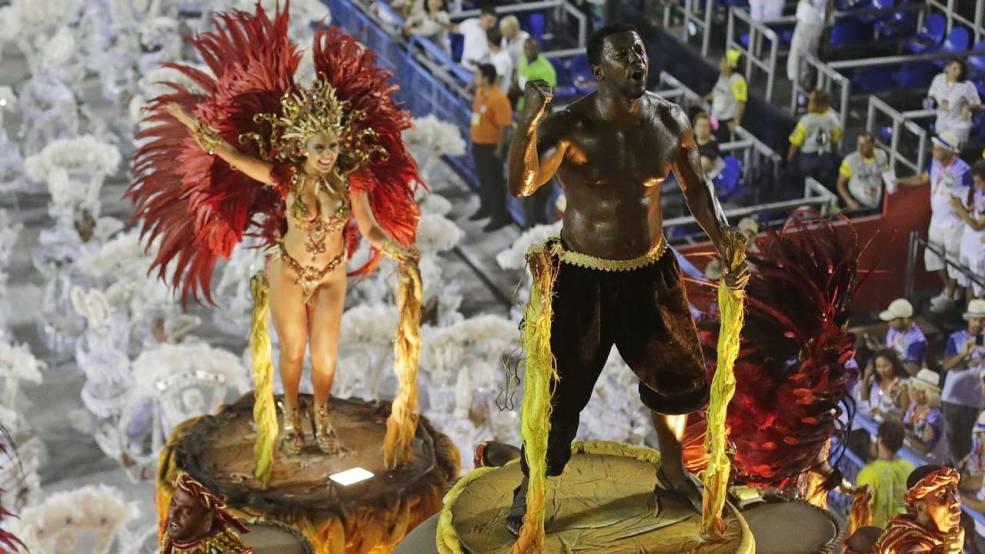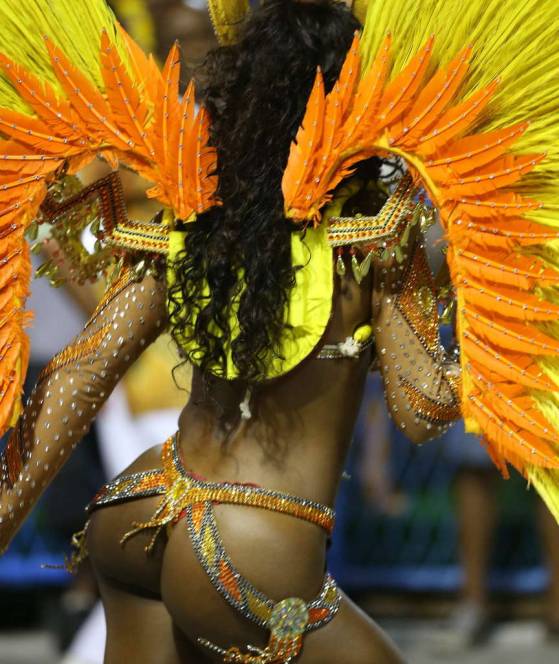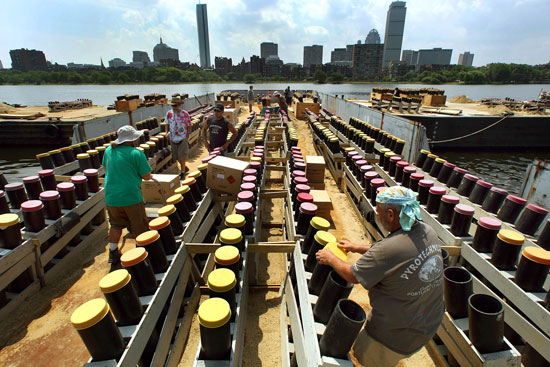Sunday, 28.Apr.2024, 7:21:30
Dr.(Phys.)Dipl.-Ing.Ralf-Udo Hartmann
BrazilOne of the most spectacular events of the year is the "Réveillon” fireworks at the Copacabana beach of Rio de Janeiro, with which Brazil enters the New Year.
 Twenty-four tons of fireworks we fired from 8 pontoons. In cooperation with Horst-H. Baumann LaserScape installation and the company New Fireworks we realised the fireworks against a cost of R$ 1,6 million (ca. USD 600.000).
The Brazilian Carnival in Rio, Brazil is an annual festival that takes place four days before Ash Wednesday, which is described as the beginning of the 40 days fast, called lent. During the days of fasting, some Roman Catholics and Christians do not consume meat. The reason of the carnival is to bid farewell to some pleasures of the flesh and it is dedicated to Christ’s death.
 In 1984 the government decided to give Rio Carnival its new home in the Sambadrome. Today, some of the most infamous events of Rio Carnival are ticketed events. There are different types of Sambodromo tickets that are available for purchase. Grandstand tickets are general admissions tickets that are available on a first come-first serve basis and are not allocated ahead of time. Frisas are open air box seats located along the samba runway. Camarotes are luxury boxes situated between the frisas and the grandstands. Sector 9 is the tourist sector which are the same as grandstand tickets, with the difference being that they are allocated so people have assigned seats.  The carnival in Brazil is a little different from its counterparts in Europe because it has a mixture of the Europe and African fundamentals. So much so that even the music, rhythm, and costume, changes a bit from one region of Brazil to the other.
 A fine example to quote the differences is seen in the southeast part of the cities, where the parade of the carnival is usually led by the Samba schools and only Samba school affiliates’ participate in it whereas in smaller towns, there is no public to view the carnival and hence, the carnival is organized in clubs.
 In the Northeast section of Brazil, even the common public is allowed to dance and take part in the parade and enjoy it to the fullest as they are made to feel a part of the big show.
 The Carnival is all about having fun, dancing to the catchy rhythm and wearing colorful clothes.
 Carnival ticket prices can vary from US$ 55 to US$ 3000. Depending of the ticket type, sector and season. The cheapest sectors are 12 and 13. Tickets can be bought in advance through international brokers, or through local travel agents in Rio de Janeiro.
 'Purchase of a ticket' normally means purchases of a voucher which is then exchangeable for the ticket close to the date. Ticket sales are organized by LIESA, who will often also make tickets available at late notice via a venue (often a bank) announced the day before.
 LIESA prices for grandstand tickets vary from Rs5 to Rs500 for the Tourist Sector (2014 prices). LIESA publish the base price of the tickets, and agents and brokers charge more (sometimes significantly more) but offer considerable convenience and other benefits.
|
Menue
Search
Entries archive
Calendar
Search
|
||||||||||||||||||||||||||||||||||||||||||||||||||||||||||||





